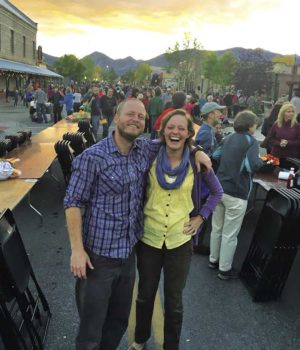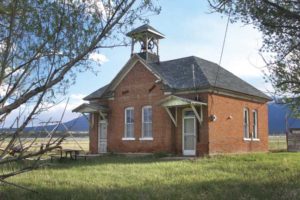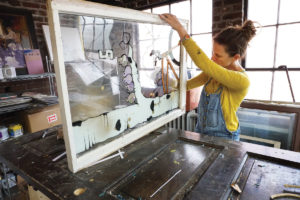By Mike Rosso
Last month’s tagline poked fun at the dwindling shoulder seasons in Salida, but a quick walk downtown on a late May afternoon reveals the truth: we are officially on the map. Both in-state and out-of-state plates abound, sidewalks are more crowded, the bays at the local gas station are nearly always full. Trailers loaded down with ATVs, mountain bikes and kayaks speed along Highway 50, headed toward other Colorado destinations.
I suspect it’s not just Salida experiencing this change. On average, Colorado has gained nearly 100,000 new residents per year over the past several. Much of the growth is fueled by urban influx, and a younger in-migration. Eventually these new arrivals make their way to the mountain towns, either to visit or relocate. Add to that the lure of fly fishing, whitewater rafting, camping, legal cannabis and you’ve got the ingredients for a tourist boom.
[InContentAdTwo] The plus sides are obvious: more restaurant patrons, more traffic in the galleries and shops, basically more tourist dollars making their way into the local economy. The downside? More traffic, longer lines at the local Safeway and rising housing costs, partially driven by the vacation rental market. This hits close to home for me as two houses on my block recently sold just after hitting the market and sit empty all week long, only to have occupants on the weekends, who then pack up and leave on Sunday night. This has two obvious effects: rising property values and fewer rental properties on the market. The city is making efforts to regulate the vacation rental market but the problem of affordable housing is still having a ripple effect on the local economy. Service industry workers generally make lower wages, so it is difficult for employers to keep a stable work force. In a construction boom, builders are more likely to capitalize on the rising values rather than make allowances for affordable housing.
This is happening statewide, especially in tourist towns, and will continue to happen as more folks discover Colorado and decide to make it their home as well.
**********
I’m sure most of you are aware that the print publishing industry has seen challenging times in the 21st century. On the day the first issue of Colorado Central produced under my watch arrived in mailboxes across the state, another milestone occurred: the final issue of the Rocky Mountain News. The print industry nationally has struggled to find its way in the digital world.
Personally, I am determined to continue to publish a quality print publication for as long as possible and have confidence it will continue to grow and thrive.
To that end, I’ve had lengthy conversations with other publishers including High Country News about funding efforts to keep this model sustainable. HCN, unlike Colorado Central, is a non-profit organization which derives a good part of its working capital from grants and beneficiaries. Borrowing some ideas from that model, I’ve been meeting with a local trust attorney and we are in the process of setting up an irrevocable content, research and production trust for this magazine. This will allow readers to consider leaving part of their estate to this fund which will be dedicated to the continuation of quality content for the publication. As a for-profit LLC, any donations to the trust are not tax deductible but will reside in a transferable trust. In the event that I choose to sell the magazine some day, this would offer the new owners working capital to help them get started and make the possible purchase more attractive.
We’ll have more details in on what will be called “planned giving” in our next issue. It’s an opportunity for readers to leave a legacy and help to guarantee the longevity and sustainability of this publication.
– Mike Rosso




